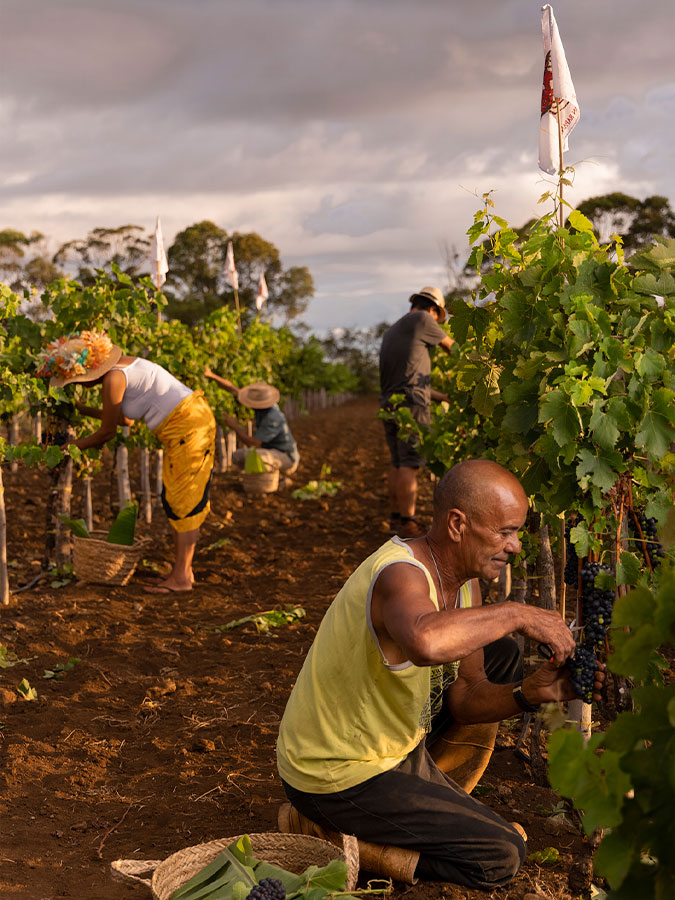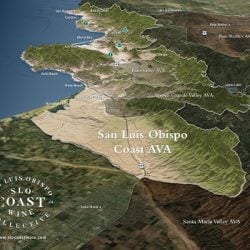

Vines have grown on Rapa Nui since 1866, brought by priests, believed to be French or Belgian, planning to make sacramental wine on a place they called l’Île de Pâques, or Easter Island. Rapa Nui had recently become a focus of slave traders from Peru, and would soon be appropriated as a sheep farm by a French artillery officer. The Rapa Nui people were almost driven to extinction, and the vines grew wild. A century and a half later, they were noticed by chance by José Mingo, when he visited the island in 2008. Mingo, whose work in the wine industry included a long stint as export director for Concha y Toro, was checking out some fallen Mo’ai, the giant statues carved out of volcanic rock by the Rapa Nui. Noticing plants growing in craters near the massive heads, he did a double-take, realizing they were grapevines.


(Photo: Sebastian Yancovic)
Mingo thought it might be interesting to plant a small experimental parcel, testing out six varieties in the local volcanic soils, 1,800 vines all told. Then, in 2019, he set up a project with his friend José Tuki, a farmer who grows Polynesian pineapples on the island; they planted 3.75 acres of vines, based on the varieties that had performed best in Mingo’s original parcel. Their goal was to work with the locals to farm the vines, and to make the wine for their community. They also hope other island residents will plant vines and use their winemaking facilities. Chilean winemaking legend Alvaro Espinoza has visited the vineyards to offer advice; his young protégé, Toño Bravo, made the first vintage. He worked with three locals on site, who helped harvest and vinify the wines: Uri Avaka Teao, Heirangui Tuki Teao and Luciano Amigues Hotu. Then Mingo flew three stainless-steel kegs of wine to Antiyal, Espinoza’s winery on Chile’s mainland, where they tasted the wines together, selected the blend and ended up with 100 bottles of the first vintage. The 2024 will be made by another winemaker Espinoza is mentoring, Juan Pablo Tapia.
Manutahi 2023 is the first wine known to have been grown and made on Rapa Nui; the name means “first bird” in the local language. Grown in a subtropical climate where temperatures barely crest 80°F in summer; there are no rivers on the island, and while it usually rains just over three inches a month, water can be scarce, other than in the wind, which is saturated with humidity. That marginal environment comes across in this brisk, salty, intriguing red. A blend of syrah, carignan and grenache, it is lemony and lean, a taste of the sea that opens with air and stretches out. If you happen to find yourself on Rapa Nui with a plate of braised octopus, this wine would be the ideal accompaniment.
Joshua Greene is the editor and publisher of Wine & Spirits magazine.
This story appears in the print issue of Spring 2024.
Like what you read? Subscribe today.



















